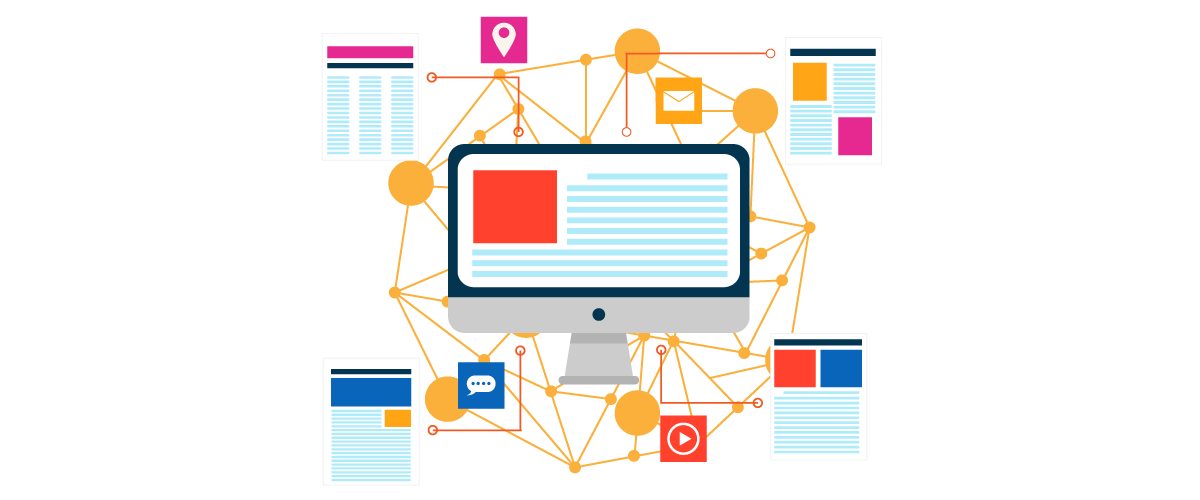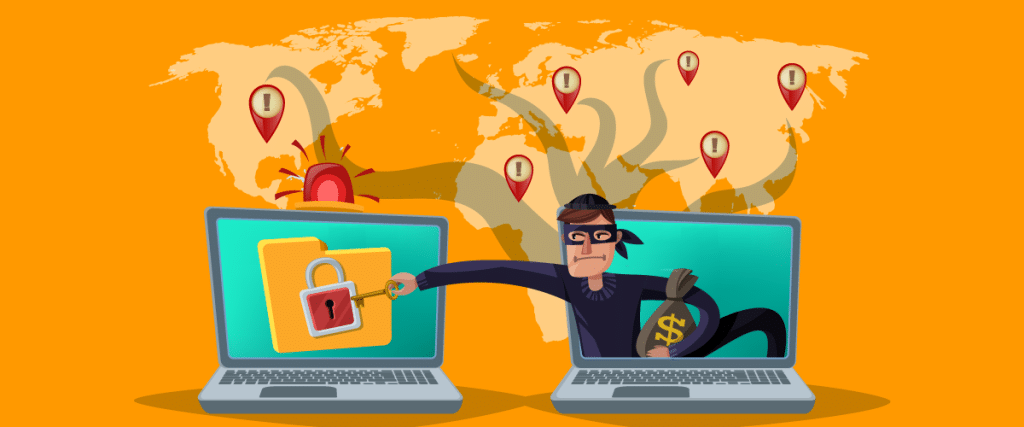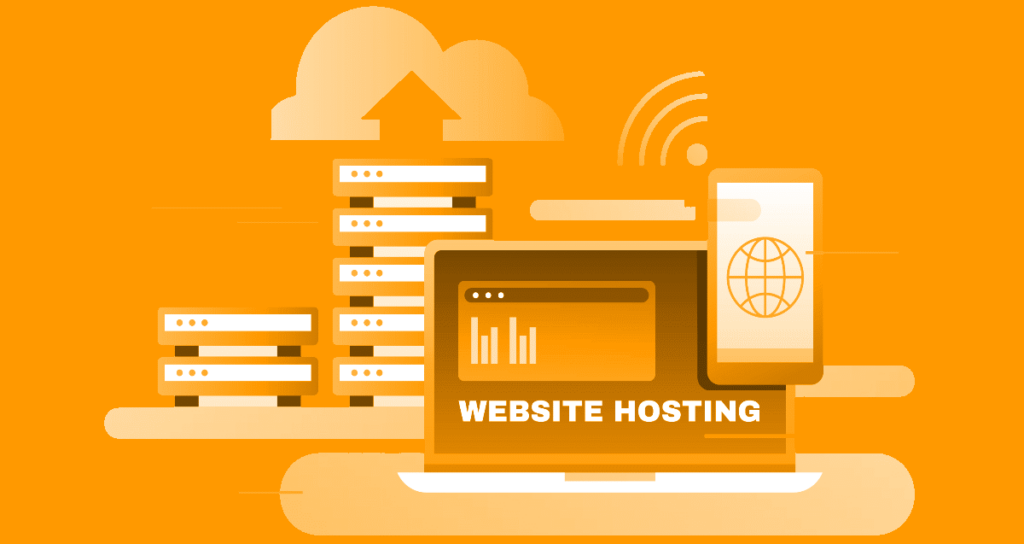
How to filter websites
It is important to understand how to filter websites in order to protect oneself from attacks that can put the data on a device at risk, but also to avoid fraud and personal attacks. In addition, choosing the right tool to filter browsing is critical in order to prevent minors and at-risk individuals from running into sites which they should not visit. We are thinking of child pornography sites, sites that glorify violence, and sites that are against morals and ethics.
1. Why filter websites
The issue of website filtering is more relevant today than ever before. It is an old problem, first introduced in the United States during the early years of the internet’s proliferation. In the 1990s, the U.S. government enacted the Children’s Internet Protection Act (CIPA), which required libraries and schools to have a system to filter browsing.
It was requested in order to prevent minors from accessing pornographic or dangerous sites, and also to prevent clogging up bandwidth with massive downloads of contents through peer-to-peer services such as Napster. Well, today, some thirty years later, how to filter websites is a more timely issue than ever, in the family as well as in business. In the family, parents are concerned that their children may end up on dangerous sites or sites that may affect them negatively, while, in the workplace, people often choose to filter browsing to an even wider range of sites. In order to protect productivity, for example, in the workplace, browsing on social networking or online betting sites may be blocked, together with pornographic or morally objectionable sites.
In recent years, then, filtering websites has also proven useful for another reason. It is known, in fact, that most cyber attacks occur through the distribution of a link. From a phishing email, for example, or from a message received via chat, even from people one knows, using so-called social engineering techniques, one can invite the user to click on a malicious site. The content of the page on which one lands may contain malicious code that will self-install on the device and take data hostage. Alternatively, from the same page, one can push the user to share personal data, such as the username and password for accessing home banking.
In addition, the spread of smart working and the habit of using a company computer or smartphone for personal activities results in a huge risk to corporate data. In fact, most attack techniques involve breaking into a corporate network through a mobile device, computer, or smartphone, with login credentials somehow stolen from the unsuspecting user. It seems very clear, in short, why it is necessary to take cover while browsing. Now let’s understand how to filter websites and which tools are best suited for the job.y.

2. Filtering websites: the best tools
There is a lot of talk about parental control. There is parental control on YouTube, on Google Chrome, on Netflix, and on Sky, and parental control is nothing more than a simple and effective name for a browsing filter, whether on the internet or on a catalog of titles available on a streaming platform.
Web content filters have become so important that they have prompted many countries to make them mandatory for ISPs, the internet access providers. Internet access service, therefore, must also provide a filter for websites.
All these free tools, however, always have limitations. Then again, they would not be free if they were truly comprehensive. Already active or, possibly, easily activated, their operation is common to all browsing filters. The moment the user chooses to click on a link, however he or she may have received it, the filter does a very fast check, in a matter of milliseconds, on the link by consulting a series of lists (blacklists) and verifying that the domain is not on these lists. If it is, the filter will prevent access to the page or site
There are essentially four limitations to these preset filters. First, the filter only works on the specific tool or service being used. This means that the Google Chrome filter only works on Google Chrome, or the YouTube filter only on YouTube.
Also, they are often filters that are readily deactivated. Again, they cannot be customized, so they are not suitable for businesses, and, finally, they are based on blacklists that are not always accurate or up-to-date.
>> FlashStart protects you from a wide array of threats and blocks access to malicious sites → Try it now
3. Choosing the best filter for blocking websites
From what has been written, it is understood that there is filtering and website filtering. You can be a family man or a business manager, and, either way, you need a content filter that is really good, customizable, difficult to deactivate, and relies on a comprehensive and up-to-date database. That is why it is advisable to choose a fee-based one. The costs are generally not high and, more importantly, for the protection work they are able to do, are absolutely justified.
Of all the fee-based filters available on the market, it is best to turn to a DNS filter. What does this mean? A DNS filter checks the worthiness of the server which is hosting a certain internet site, to which a certain Url corresponds. With DNS filtering, one does not risk falling for the tricks that malicious people can use in masking the domain names of a site, the contents of web pages, and changing the path between the request and the site. DNS filtering checks whether the address of that server is blacklisted and, if the check is successful, blocks access to the content.

4. The DNS filter, the best choice
There are not many DNS filters out there in the world. Many are too sophisticated and complex to install and manage. Some, on the other hand, are perfect for family, public administration, and educational institutions. FlashStart is an Italian company which provides DNS filtering solutions for businesses, schools, and institutions, and also for home browsing.
FlashStart’s DNS filter analyzes, with a quality superior to any free filter, all the stops on a path which makes a request to access a site. The filter is also distinguished by the use of machine learning algorithms in order to exclude dangerous paths a priori, thus speeding up the check. What’s more, FlashStart is able to use more up-to-date and more reliable DNS records when analyzing paths from user to requested site.
Capable of filtering about two billion website queries, FlashStart DNS protects the browsing of twenty-five million users every day. It is present in more than 150 countries around the world and in about twelve thousand companies, schools, and public administrations, and is provided, also in the form of a service, by 700 certified partners. Moreover, FlashStart DNS is being adopted more and more by Italian internet service providers who have to comply with the law on the protection of the browsing done by minors.
Below we propose seven reasons as to why FlashStart’s DNS filter will prove to be an excellent choice:
» Frequent updating of blacklists: FlashStart checks 200 thousand new sites per day.
» Guaranteed low latency (that means the speed between request and access).
» Ninety categories of malicious sites and geoblocking to isolate dangerous countries.
» Use of artificial intelligence to improve the quality of blacklists and for latency.
» Ease of configuration and management.
» Native integration with Microsoft’s Active Directory to speed up the work of system administrators in schools, institutions, and SMBs.
» Worldwide LAN protection and roaming on end points via Anycast network.
You can activate the FlashStart® Cloud protection on any sort of Router and Firewall to secure desktop and mobile devices and IoT devices on local networks.







